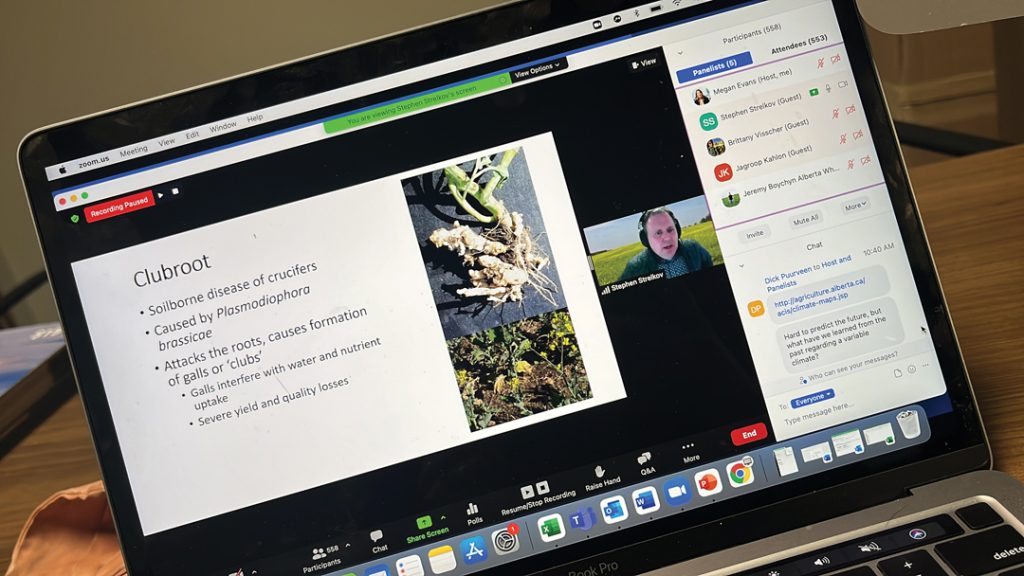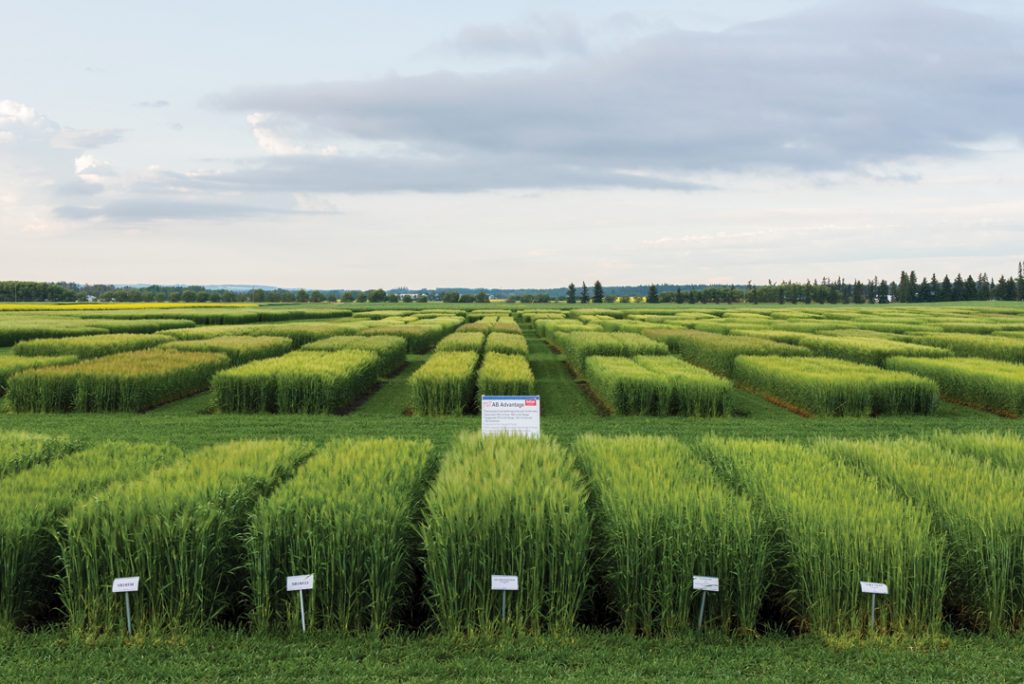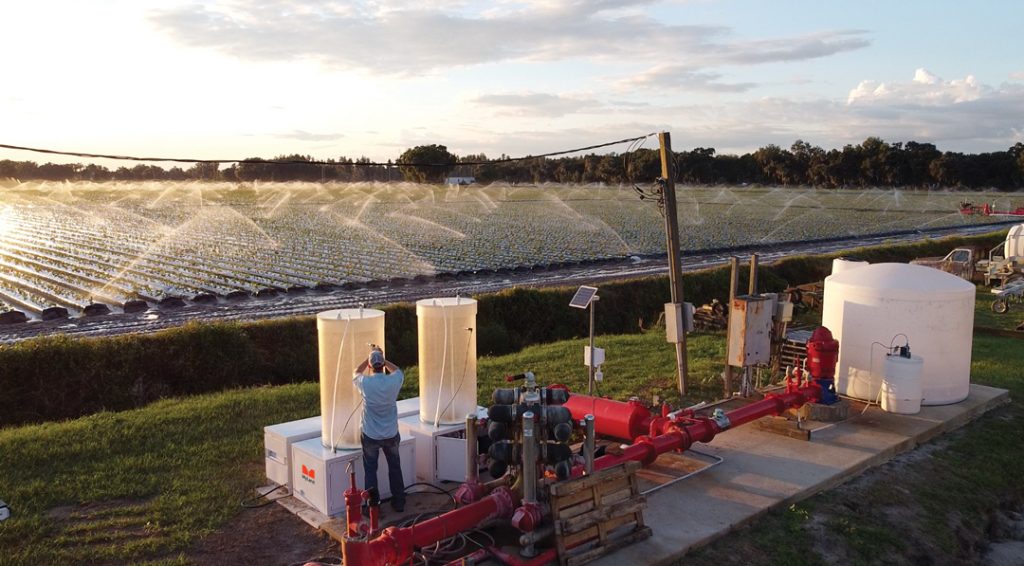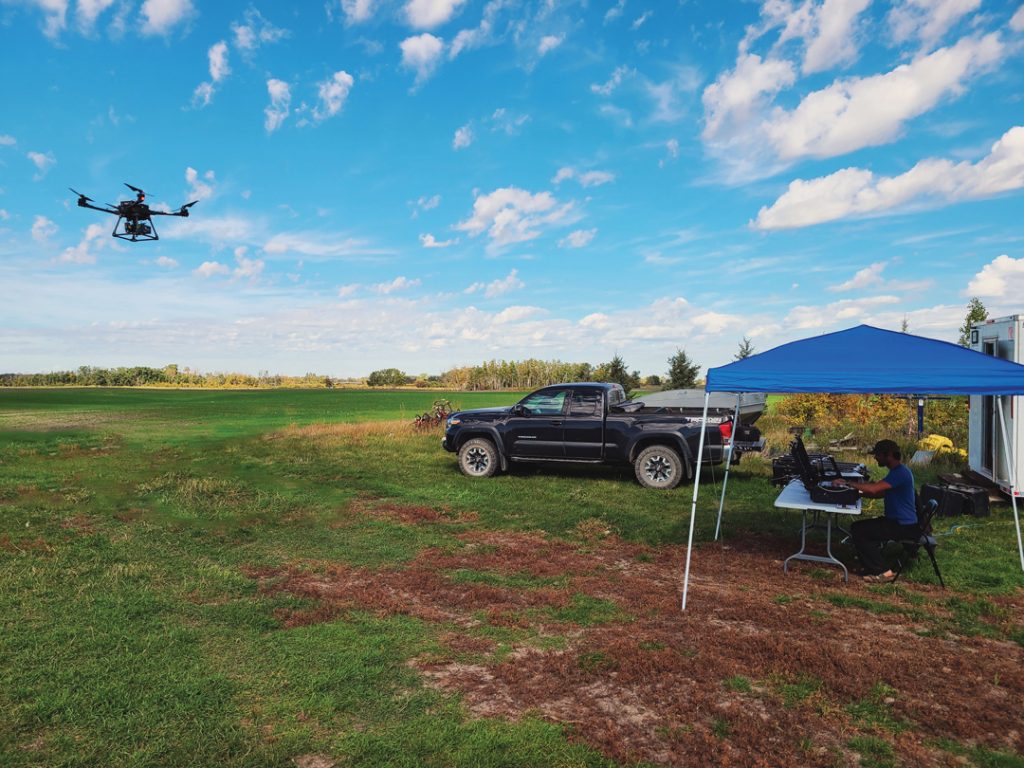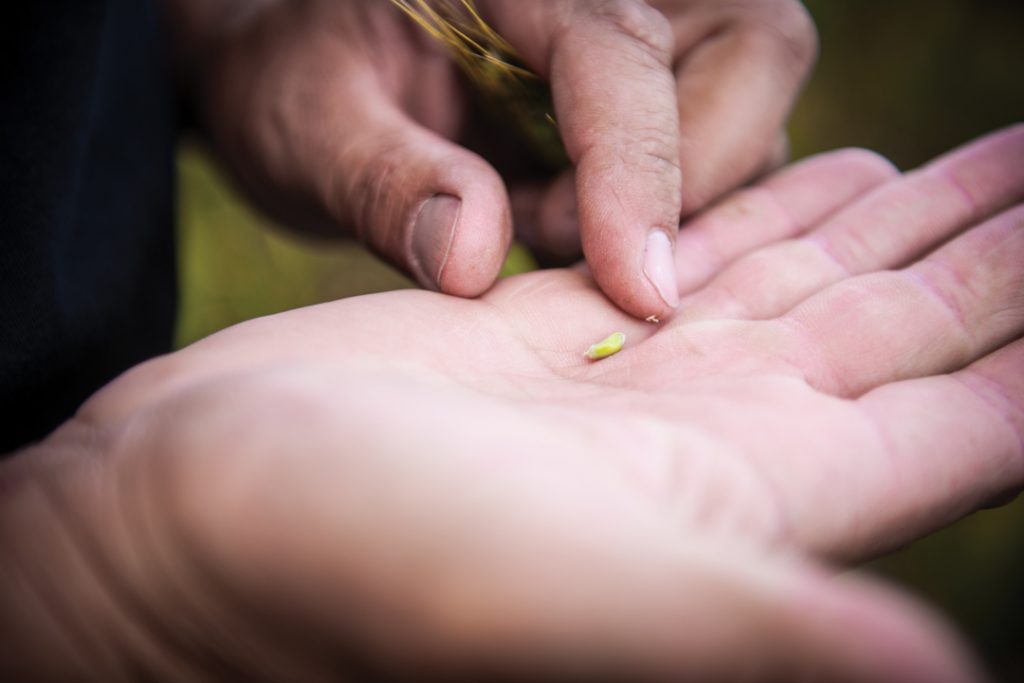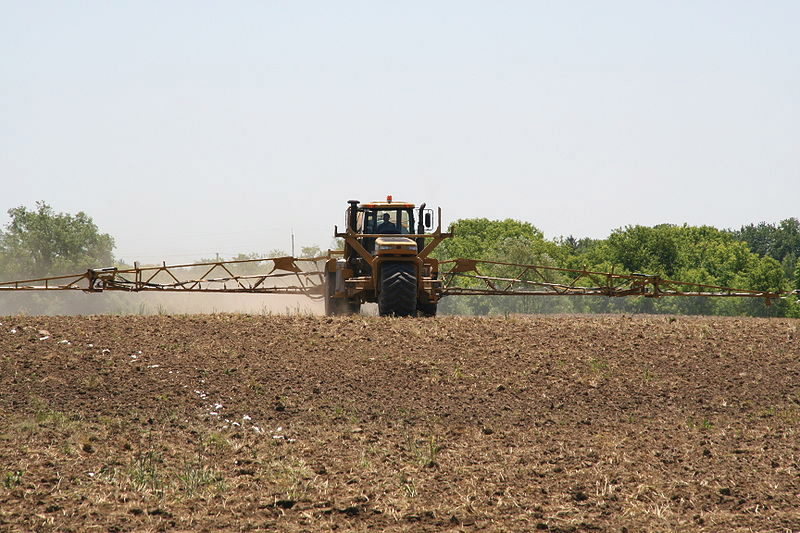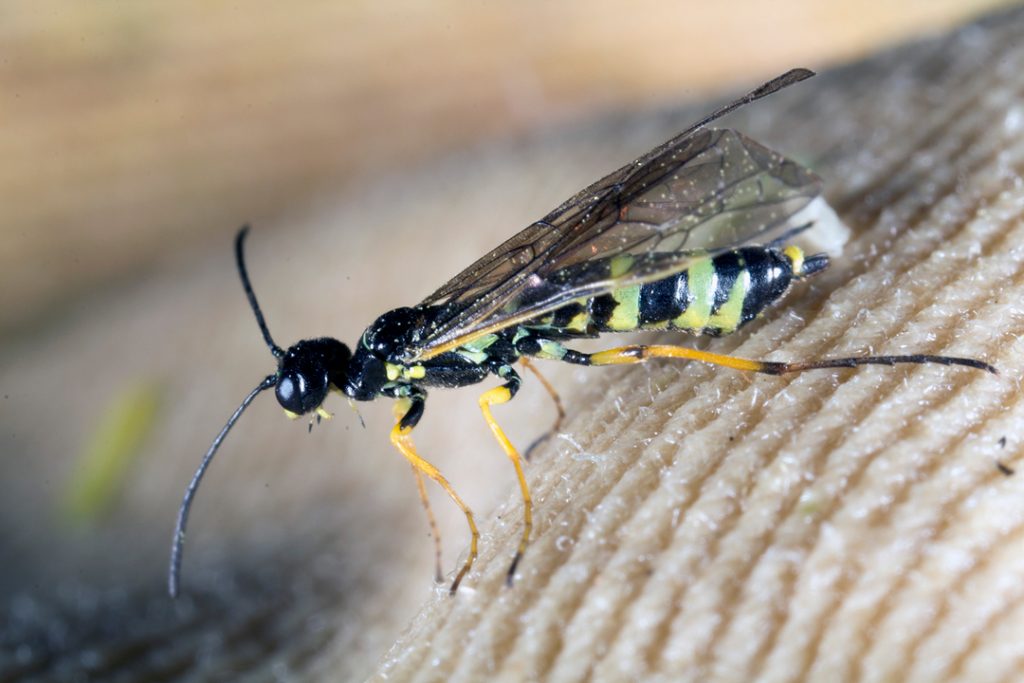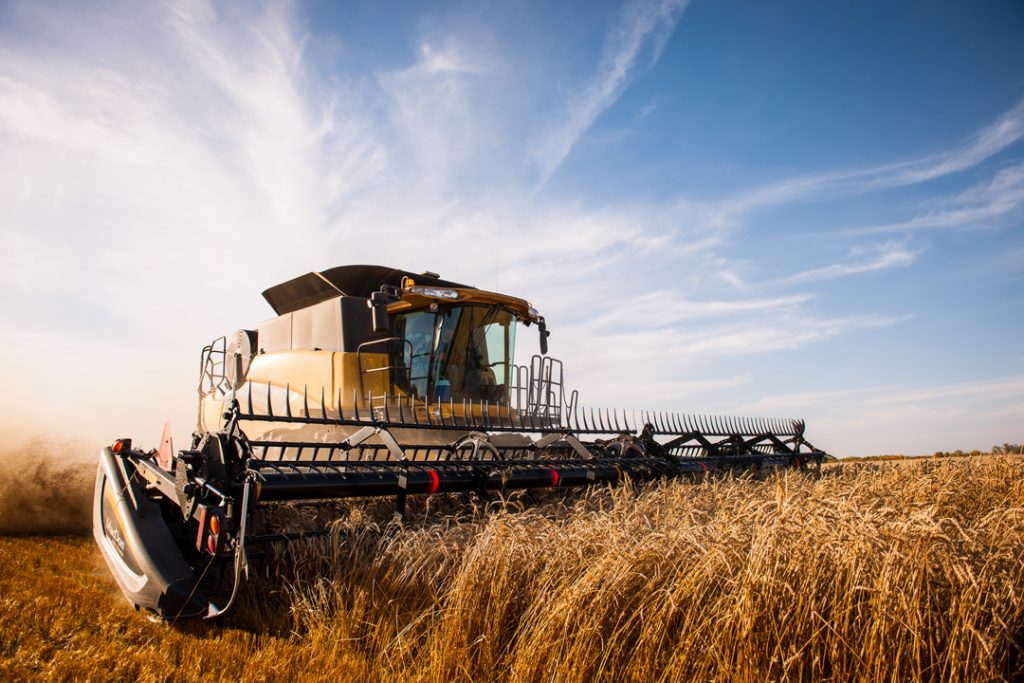AG ORGANIZATIONS SUPERSIZE THEIR VIRTUAL REACH
Massive resources are poured into agricultural research. It’s the goal of industry organizations to present this rich body of fresh agronomic information alongside established knowledge and make it easy to understand for farmers and agronomists. This communication process is commonly referred to as “extension.”




